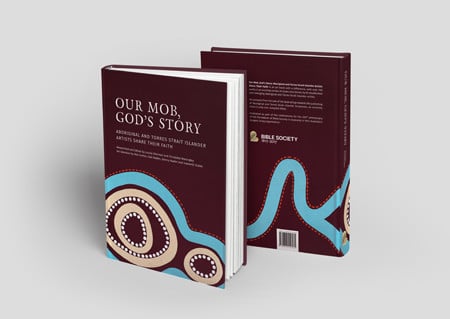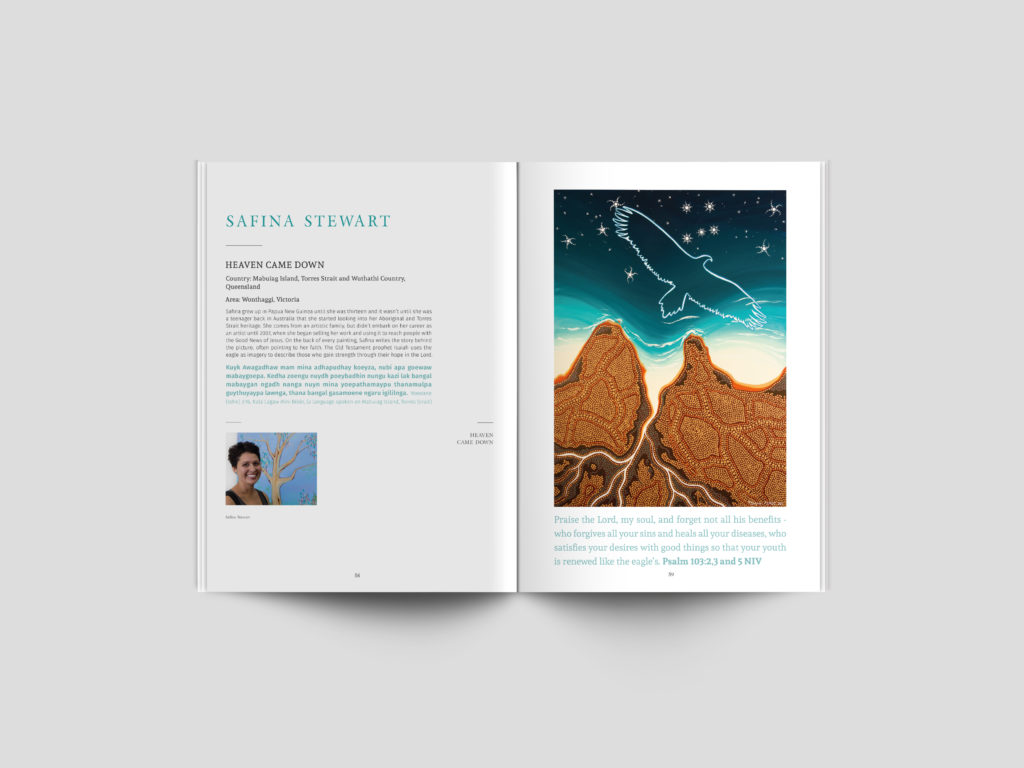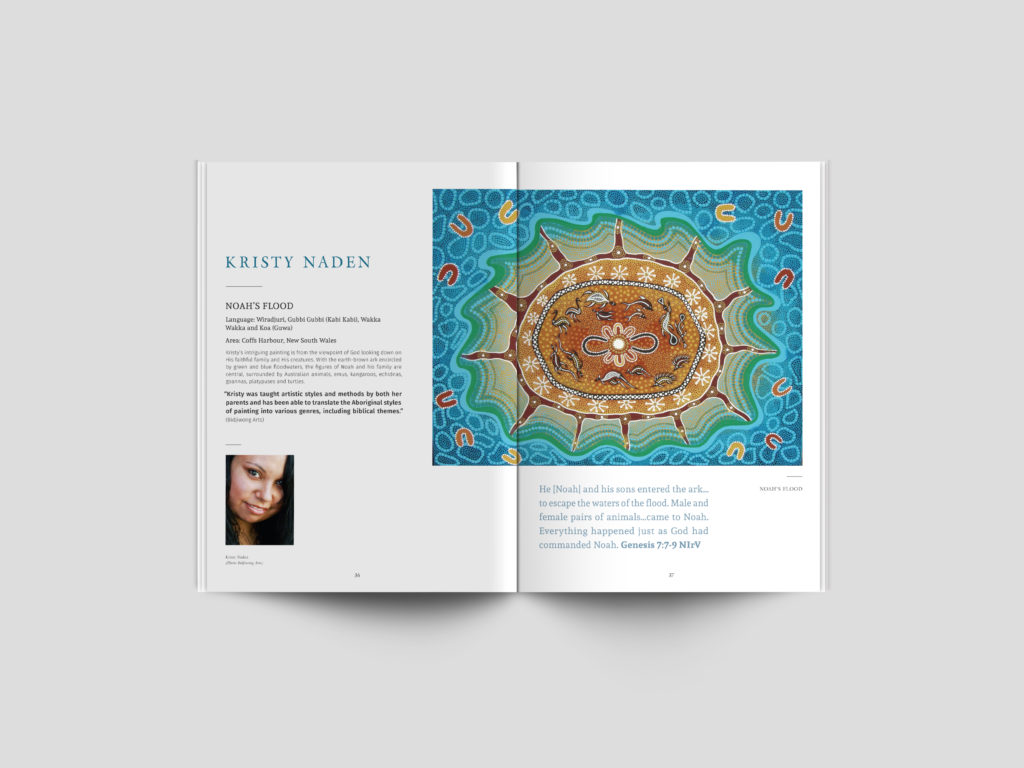MARY JONES AND HER BIBLE
The story of a young girl who saved for six years and walked twenty-five miles to own a
Bible in her own language.
Many years ago, a little girl lived with her mother in a small grey stone cottage in the Welsh countryside. Her home was in a green valley in the shadow of a mountain, and from there you could sometimes see the sea in the far distance. Her father was a weaver who worked very hard to support his family but sadly he died when Mary was young.
‘Mary, Mary!’ called a distant voice.
‘Coming, Mother …’ Mary Jones knew what was expected of a nine-year-old girl. Without grumbling, she would do her share of the chores around her home. She would scrub the floors, feed the chickens, cook and help to keep the house tidy.
On Sunday mornings, Mary dressed in her Sunday best, would walk to the little chapel in the village two miles away.
At the front, the minister would open a large, black, leather-bound book. As he began to read, Mary would marvel at the wonderful words and store them up in her heart. After the service, she would go cautiously up to look at the impressive book. There were two words printed in gold on its cover. Mary guessed that these said ‘Holy Bible’ because she had heard the minister mention the name of the book. The words inside looked odd to her. ‘How can anyone ever make sense of these squiggles?’ she thought. ‘Oh, how I wish I could read this book for myself, or even have one for my own!’
Then, on Sunday morning, the minister, announced that a school was to open in the village. Mary was excited. ‘Now I can learn to read,’ she said, ‘and make sense of those strange marks in the book at chapel.’ The schoolmaster, Mr Evans, and his wife moved into a farmhouse not far from Mary’s home. Mary worked extra hard to finish her chores quickly so that she could go to the Evans’ house to learn to read. Her parents saw how hard their
daughter worked at both schoolwork and her duties at home.
Months passed and seasons changed, until at last Mary was asked to read from the chapel Bible one Sunday morning. She was not very tall, so a special wooden box for her to stand on so that she could see the words properly. Now the squiggles were no longer strange to her. She read perfectly. Mr and Mrs Jones were very proud of their daughter.
After the service, Mary rushed up to her mother. ‘I must have a Bible, I must have a Bible!’ she cried. Her mother gently placed his hand on her shoulder. ‘But Mary, Bibles are expensive, and we haven’t much money.’
‘I know, I know, that’s why I am going to save up for one, and I don’t care how long it takes me. I’ll do jobs for other people, I’ll save all my pennies, I’ll do anything just to have my own Bible.’
And that is exactly what Mary did. For six long years she saved all she could until the day came when she had enough money to buy a Bible. Mr Evans had told her that there was a man in a town called Bala who had a number of Bibles. Mary, now fifteen, told her mother that she was going to walk to Bala.
Her mother exclaimed, ‘Daughter, that’s nearly twenty-five miles away!’ But there was no changing Mary’s mind –
she had waited too long for that. So, with her purse of money and some bread and cheese tied up in a bundle, she
set off.
The journey to Bala seemed endless. Mary followed many paths, crossed valleys and streams and found her way
around hills. As her weariness grew and her aching limbs seemed almost too much to
bear, she muttered words of encouragement to herself. ‘Come on, Mary, not much
further now,’ she thought. Eventually she came to the brow of a hill, from which she
could see the edge of a town. Dusk was falling, and candlelight had begun to flicker
in cottage windows. Mary's heart pounded with excitement. Here was Bala at last!
She recognised it from Mr Evans’ clear description. With renewed energy and a new
determination, she set off again down the hill.
Mary asked for directions to find Mr Charles. After knocking on several doors and asking for directions, she found his house. She ran up the garden path and knocked loudly on the large oak door.
As it was opened, Mary made her request for a Bible, the words tumbling over themselves in her eagerness: ‘I’ve walked twenty-five miles to get here, I’ve saved up for six years to buy a Bible, I’ve got the money here, you can count it if you like – please can I have a Bible?’
Mr Charles was taken aback. ‘You had better come in and tell me all about it, but first you must have something to eat. You must be famished.’ He smiled kindly and beckoned the housekeeper to take Mary to the kitchen.
After she had eaten, Mary told Mr Charles everything. He was moved by her account. And he held out to her a brand new Bible. Mary stared at it for a long moment before taking it with both hands. Then she expressed her heartfelt thanks.
The next morning, Mary, clutching her treasured possession, said goodbye to Mr Charles and started on her way home. She arrived to a grand reception. It seemed as if everyone was there. Her mother threw her arms around her and hugged her. Nearby stood Mr
Evans and the minister, smiling broadly and clapping their hands. Everyone was cheering and wanted Mary to show them her Bible. As she held the book up for all to
see, she murmured a few quiet words. ‘Thank you, Jesus, thank you Mr Charles,’ she said.
In his study, Mr Charles remembered how the young girl had disappeared over the brow of a hill still holding the new Bible to her chest. He began to think of all the other Mary Joneses who must be wanting Bibles, not only in Wales but in England, Scotland, Ireland, and even in other more distant lands.
In 1804, the British and Foreign Bible Society was formed by Thomas Charles and other important men in response to needs which stories like that of Mary Jones had brought to light.
Bible Society is working for the day when the Bible’s God-given revelation, inspiration and wisdom is shaping the lives and communities everywhere.





